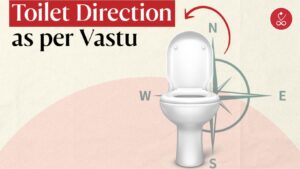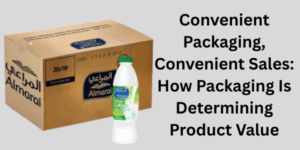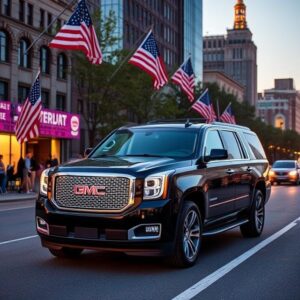Introduction
In today’s fast-paced business environment, efficiency and accuracy in asset tracking, inventory management, and payment processing are crucial. A tag reader (such as RFID, NFC, or barcode scanners) plays a vital role in automating these processes, reducing human error, and improving productivity.
But with so many options available, how do you choose the right one for your business? This guide will help you understand the different types of tag readers, key features to consider, and top recommendations based on industry needs.
What Is a Tag Reader?
A tag reader is a device that captures and processes data from tags, such as RFID (Radio-Frequency Identification), NFC (Near Field Communication), or barcodes. These readers are used across industries like retail, logistics, healthcare, and manufacturing for:
- Inventory management
- Asset tracking
- Contactless payments
- Access control systems
- Supply chain automation
According to a Grand View Research report, the global RFID market is expected to reach $40.5 billion by 2030, highlighting the growing adoption of tag-reading technology.
Types of Tag Readers
1. RFID Readers
RFID readers use radio waves to identify and track tags attached to objects. They are ideal for:
- Warehouse inventory tracking
- Retail stock management
- Livestock and agriculture monitoring
Types of RFID Readers:
- Fixed RFID Readers – Installed at entry/exit points for real-time tracking.
- Handheld RFID Readers – Portable scanners for on-the-go inventory checks.
- UHF vs. HF vs. LF RFID – Ultra-High Frequency (UHF) offers long-range scanning (up to 12m), while High Frequency (HF) and Low Frequency (LF) are better for short-range applications.
Best RFID Readers:
- Zebra FX9600 (Fixed UHF RFID) – High-performance for logistics.
- Impinj Speedway R420 – Reliable for retail and supply chain.
2. NFC Readers
NFC readers enable short-range wireless communication (up to 4 inches), commonly used for:
- Mobile payments (Apple Pay, Google Wallet)
- Smart access control
- Data exchange between devices
Best NFC Readers:
- ACS ACR1252U – Popular for payment systems.
- Feig OBID LRU2000 – Used in secure access applications.
3. Barcode Scanners
Traditional but effective, barcode scanners read 1D/2D barcodes and are widely used in:
- Retail checkout systems
- Healthcare patient tracking
- Library management
Best Barcode Scanners:
- Honeywell Voyager 1202g – Durable for retail environments.
- Zebra DS8178 – High-speed scanning for logistics.
Key Factors to Consider When Choosing a Tag Reader
1. Read Range & Speed
- RFID: Best for long-range scanning (UHF).
- NFC: Short-range, ideal for secure transactions.
- Barcode: Requires line-of-sight but fast for close-range scanning.
2. Compatibility & Integration
Ensure the reader works with your existing POS, ERP, or inventory software. Popular integrations include Zebra, SAP, and Oracle.
3. Durability & Environment
- Industrial settings need rugged, waterproof readers.
- Retail stores benefit from lightweight, ergonomic designs.
4. Cost & ROI
- Barcode scanners are the most affordable.
- RFID systems have higher upfront costs but reduce labor expenses long-term.
Industry-Specific Recommendations
| Industry | Best Tag Reader Type | Top Pick |
| Retail | NFC & Barcode | Honeywell Voyager 1202g |
| Warehousing | UHF RFID | Zebra FX9600 |
| Healthcare | HF RFID & Barcode | Impinj Speedway R420 |
| Manufacturing | Rugged RFID | Feig OBID LRU2000 |
Future Trends in Tag Reading Technology
- AI-Powered RFID – Predictive analytics for inventory management.
- Hybrid Readers – Combining RFID, NFC, and barcode in one device.
- Blockchain Integration – Enhancing supply chain transparency.
Conclusion
Choosing the right tag reader depends on your business needs, budget, and operational environment. Whether you need an RFID reader for warehouse tracking, an NFC reader for payments, or a barcode scanner for retail, understanding the key features will help you make an informed decision.
Investing in the right technology improves efficiency, reduces errors, and enhances customer satisfaction. Evaluate your requirements, compare top models, and select a reader that aligns with your business goals.
Need help deciding? Check out reviews on TechRadar or consult with industry experts for tailored recommendations.





